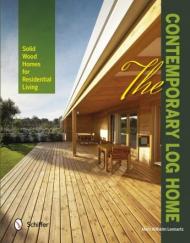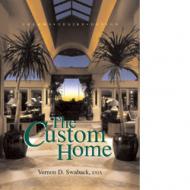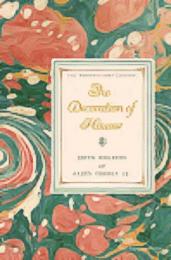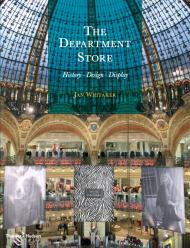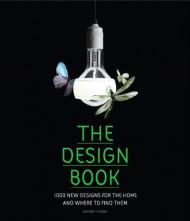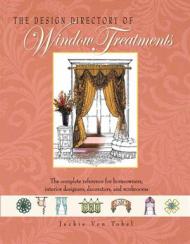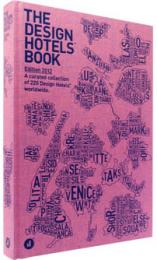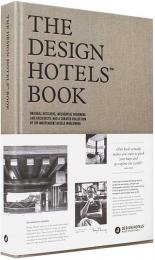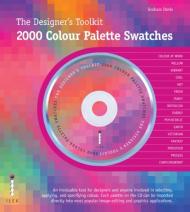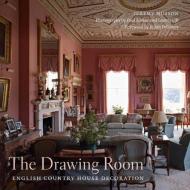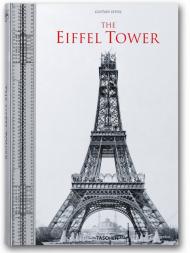Block and solid wood make up one of the oldest construction methods and one that ever more people are opting for when building their homes. Not only are contemporary log homes environmentally sustainable and planet-friendly, they provide comfortable and healthy living. In addition, many of these buildings use sustainable heating and power systems, taking advantage of renewable energies and raw materials. Their natural beauty enhances the quality of life for both home and work. In over 300 photos and plans, this book offers 30 ambitious, contemporary block and solid wood houses that have been built around the globe. They show the diversity of available designs that can be achieved in today’s wooden homes. If you are fascinated with building with logs and living closer to nature, this book is for you.
Издательства
- Rizzoli (481)
- Thames & Hudson (156)
- Prestel (149)
- Gestalten (106)
- Braun (105)
- teNeues (71)
- Vendome Press (60)
- DOM Publishers (51)
- Monacelli Press (50)
- Phaidon (49)
